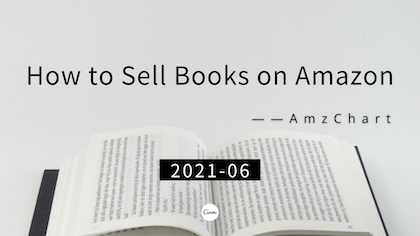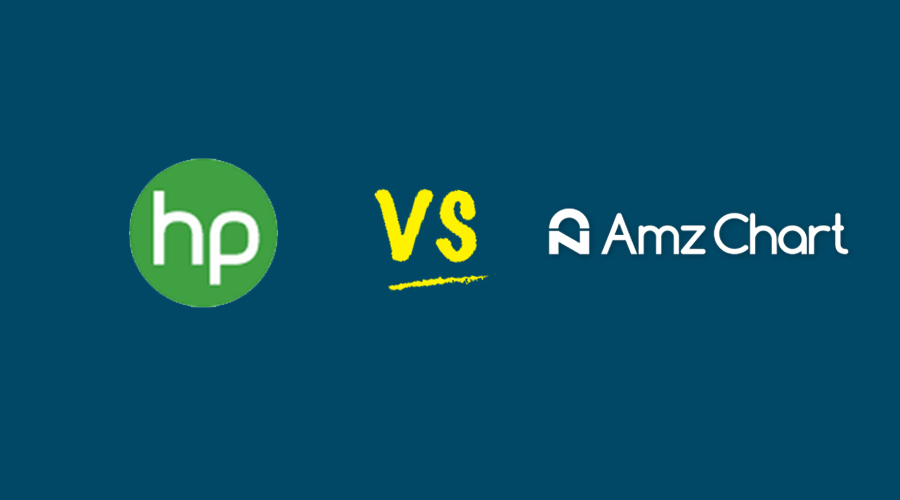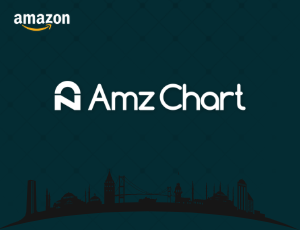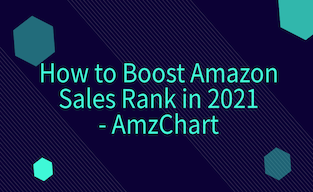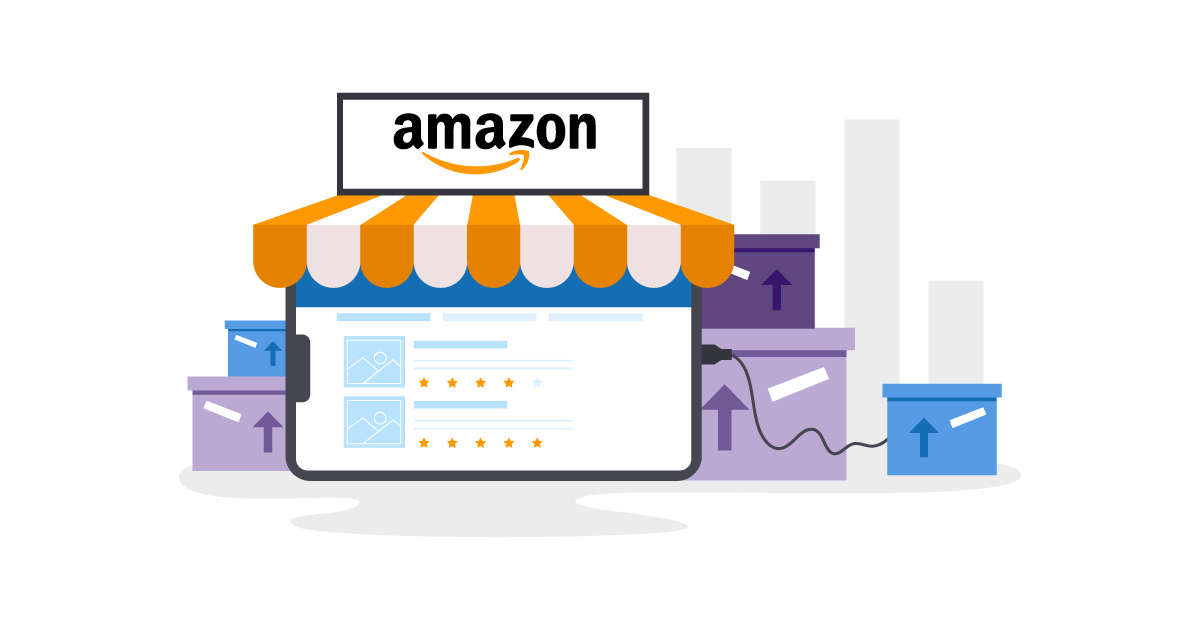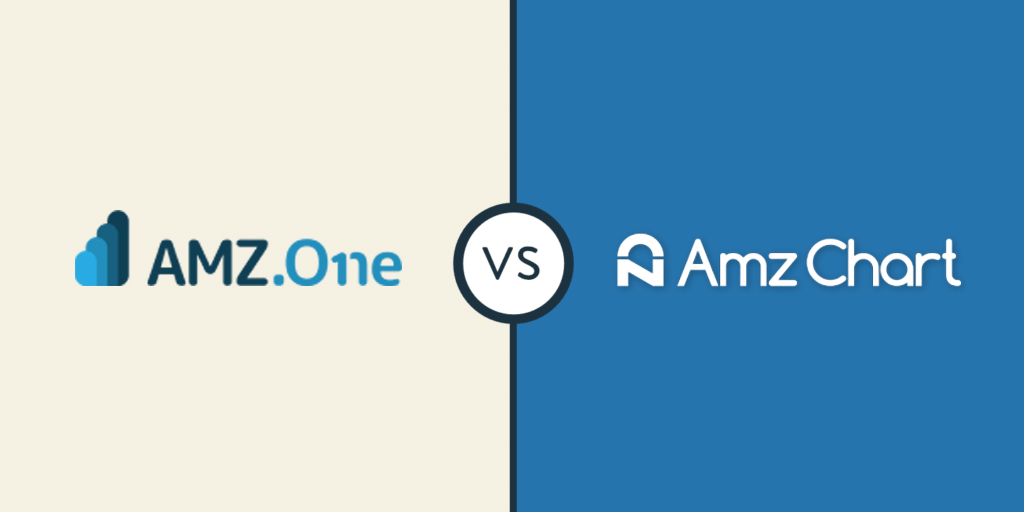Selling On Amazon VS eBay: Which One Is Popular In 2021
Amazon and eBay will have more than 7 billion monthly visitors in total in 2021. Even though half through 2021, many people are wondering whether to run Amazon or eBay for the rest of the year, especially after COVID-19. Today we're going to discuss which one will be more popular in the next half year.
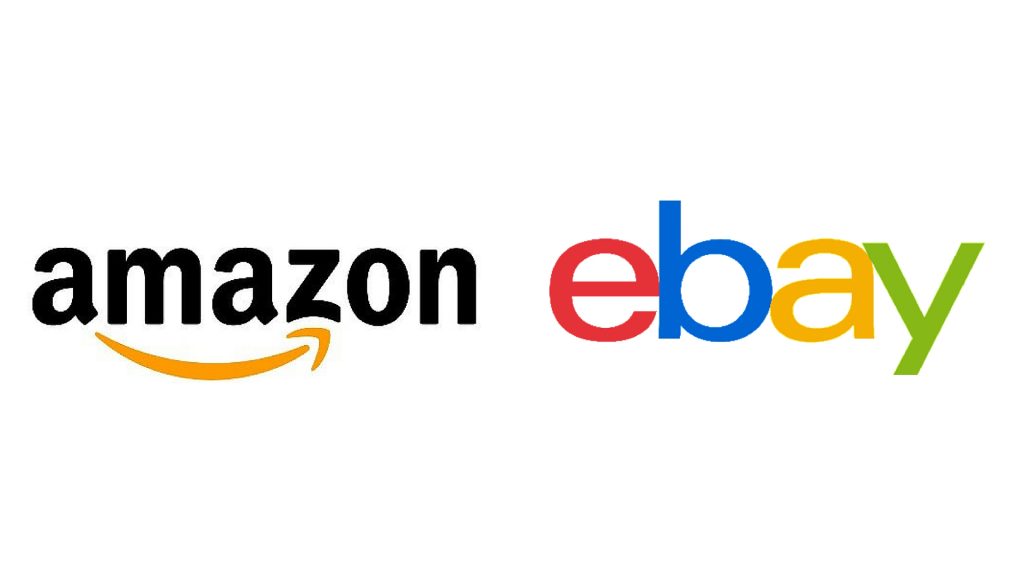
What is ebay&Amazon?
eBay mainly focuses on C2C, which is paying more attention to the product price and the price of high quality. For customers would like to purchase from high-scores stores, which means some new sellers will face high competition.
Amazon mainly focuses on B2C, which is for beginner's is a very friendly platform, account level does not affect the product sales, and Amazon is very attentive to the quality of the products' platform.
The main group of eBay & Amazon
A large portion of eBay's sales from 34-49 age years old,eBay has more than 180 million active buyers and about 2 Billion daily transactions, but more than half of its annual sales come from 60million buyers outside the US, setting it apart from Amazon on a global scale.
The average Amazon shopper is 45 to 54 years old, married, with children, and above college education. Amazon has 14 marketplaces around the world and attracts more than 197 million monthly visitors worldwide. That equates to more than 2.3 billion visitors in 12 months.
The difference in fees
eBay charges two main sales fees: an insertion fee when an item is created, and a final value fee when an item is sold.
The insertion fee is based on the number of shelves and categories, typically about $0.35. However, if you own an eBay store (the eBay store in the UK), you get a free listing subsidy every month.
The final value charge is a percentage of the final selling price. The percentage varies by category but is generally 10 percent on eBay.com and 9 percent on eBay.co.uk.
On Amazon, professional sellers charge $39.99 a month. Professional sellers do not have to pay listing fees unless they have more than 100,000 items that have not been sold recently.
Referral fees vary by category, but are usually 15%, with a minimum of $0.30 per item. Sellers also pay a $1.80 purchase fee for media merchandise. There is no extra charge for processing payments on Amazon.
The difference in delivery methods
Amazon and eBay are also different in the way of product distribution. The supplier of Amazon can provide customers with two delivery methods, one is FBA and the other is FBM.

Amazon's FBA system is very powerful. Sellers send their products to the warehouse of Amazon's local market. When customers place an order, the Amazon system automatically competed for subsequent shipments. Amazon charges for services based on size、weight、storage time. FBA can also be used to complete orders from other channels (including eBay). For sellers, once their products enter the FBA system, Amazon will handle almost everything, including any customer support information related to shipping.
On the other hand, FBM allows merchants to complete the distribution process of products to buyers by themselves, which is profitable for suppliers with delivery centers. In this case, merchants can control the transportation time and transportation costs by themselves. For sellers, once their item is in the FBA system, Amazon processes almost everything, including any customer support information related to shipping. They will also remove negative seller feedback that is only related to shipping issues.
In contrast to eBay. Currently, only sellers are responsible for shipping their products, and for certain categories (Games, CDs) the platform provides incentives to ensure that sellers can deliver their products quickly.
The difference in products categories
According to Amzchart shows, Amazon has more than 35 million products, which include mobile phones and accessories, home & kitchen supplies, clothing & jewelry, electronic products, sports & outdoor products have the highest number. And eBay has more than 20,000 product categories, of which electronic products, fashion products, and second-hand & collectibles account for the highest number of products.
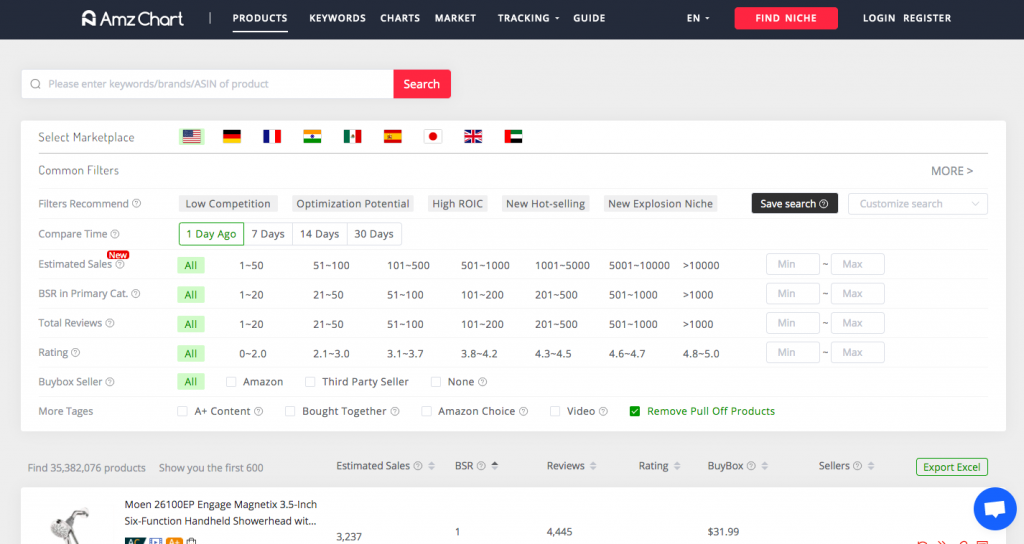
Compared with eBay, Amazon products are absolutely price-competitive. Amazon officials also restrict some products to ensure that the products sold are legal. But for eBay, this is another situation, Amazon is a platform for customers to buy necessities, while eBay is a platform for users to find unique products and collectibles. A problem in eBay sales is that if the products you sell have a large number of SKUs, it may cause sales difficulties.
There is another question about listing. We all know that the optimization of listing on Amazon is very important. Listing can determine the sales of your products, and the listing price on Amazon is a fixed price, more and more sellers are beginning The first step to learn when running an Amazon store is how to optimize Listing. Then eBay’s listing adopts two models, auction and fixed price, while eBay’s listing often looks very messy. For users, the visual experience is relatively poor.
The difference in Payment method
Amazon and eBay have very different payment methods. eBay pays you directly when you make sales, if you use Paypal, you will get all the cash immediately. eBay will charge you at the end of the month, which ensures that you have a stable cash flow instead of waiting for a payday.
Amazon will deduct the cost when you make a sale,and deposit the money into the escrow for two weeks to pay for refunds and returns. This means that generating stable cash flow on amazon can be very difficult. If you need fast or continuous cash flow, eBay is a better choice.
Conclusion
No matter which platform you decide to sell on, it is necessary to understand the differences between the platforms. If you prefer to sell products on Amazon, you are welcome to use Amzchart to conduct a more comprehensive product analysis.
